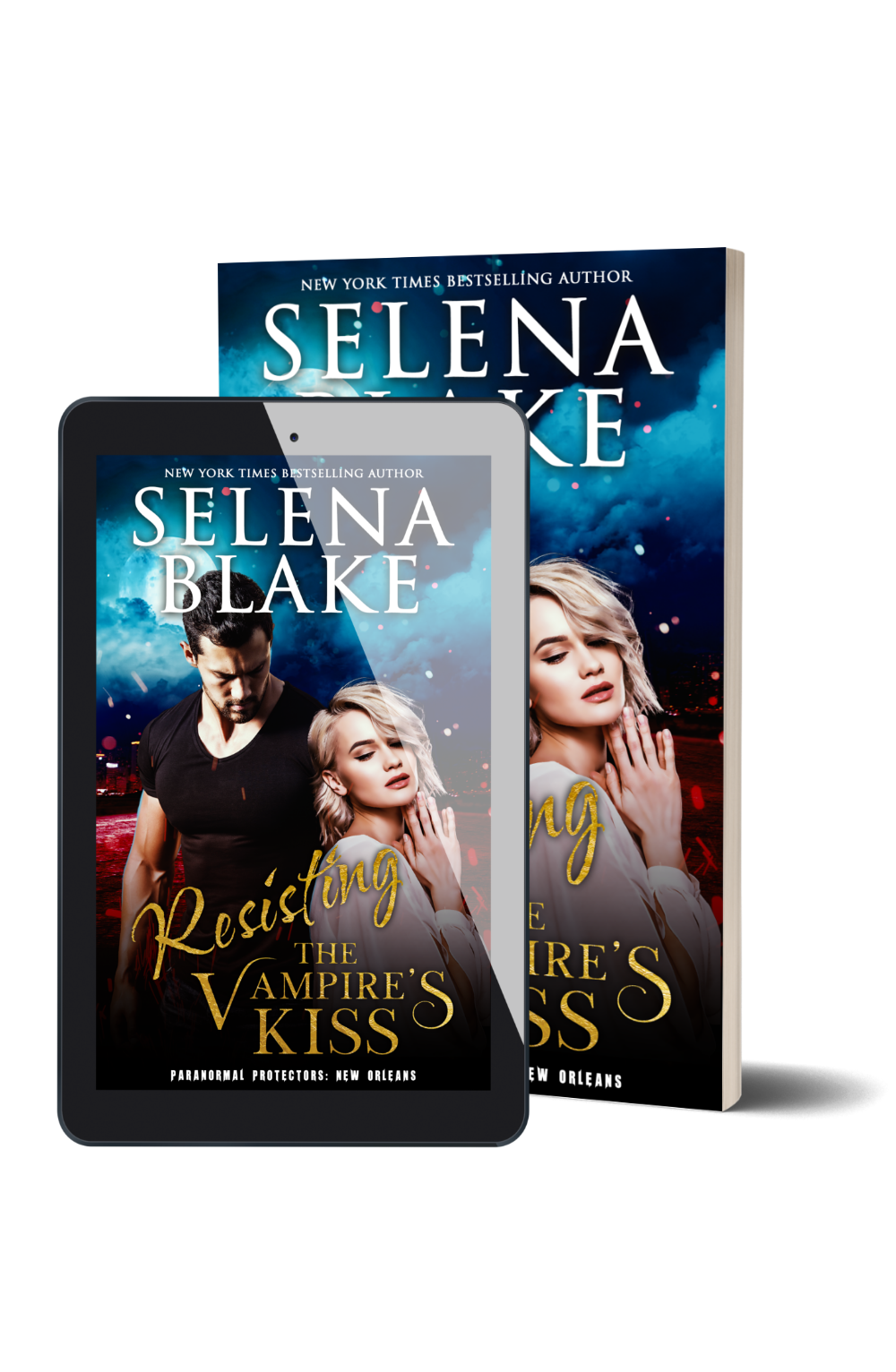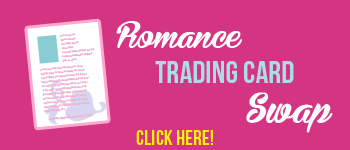
My new writing trick is actually an old writing trick.
In fact, Rachel Aaron covers this in her 2,000 to 10,000 Words book.
If you’re anything like me, you waffle between being a planner and a panster. I guess that makes me a planster. Perfect. I love plants.
Anywho. The trick.
This isn’t the first time I’ve done this. It’s probably not even the 100th. It’s just something I usually forget until I’m desperate. Depending on the book I’m writing, I’ll have a solid plan in mind or I’ll just be going with the flow. Either way I can sometimes come to a grinding halt, even if I have a general idea of where the book/scene is headed.
So here’s what I do.
- In the same document, underneath the scene I’m currently writing, I’ll jot down what I need to happen next. It’ll be general things and usually action oriented.
Such as: Boomer fixes the flat tire. Celita leaves and he and Sabrina are alone. She peppers him with questions and he cuts her off, terrified of his reaction to her reappearance in his life.
- Here’s what else I write beneath that.
I list what the scene/chapter is supposed to do. What emotions the characters show, how the setting affects the scene, etc. These are the overarching “keep this in mind” type details that I like to know so that as I’m writing and especially revising, I can keep in mind.
And that’s it. Somehow, jotting down those notes (and sometimes they’re longer than what I’ve already written) takes some pressure off and knocks things loose so I can move forward and write.
So when in doubt, create a little outline for yourself to finish out the scene/chapter. And give those “purpose/mood” details a shot.
Source: startupstockphotos.com


